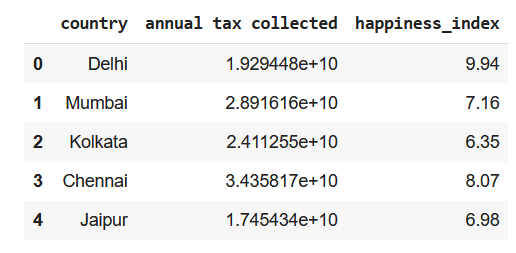Kuwahara is one of the most famous and important effect in image processing. kuwahara() function is used to add kuwahara effect to the image. The kuwahara() method applies a smoothing filter to reduce noise in an image, but also preserves edges. kuwahara() function takes only two parameters.
Syntax :
wand.image.kuwahara(radius=radius, sigma= std.deviation)Parameters :
Parameter Input Type Description radius numbers.Real Size of the filter aperture. sigma numbers.Real Standard deviation of Gaussian filter.
Image Used :
Example #1:
# import Image from wand.image module from wand.image import Image # read image using Image() function with Image(filename ="koala.jpeg") as img: # apply kuwahara effect using kuwahara() function img.kuwahara(radius = 2, sigma = 1.5) img.save(filename ="koalakuwahara.jpg") |
Output:
Example #2: Increasing radius and sigma
# import Image from wand.image module from wand.image import Image # read image using Image() function with Image(filename ="koala.jpeg") as img: # apply kuwahara effect using kuwahara() function img.kuwahara(radius = 4, sigma = 3) img.save(filename ="koalakuwahara.jpg") |
Output:
<!–
–>

Wand selective_blur() function in Wand python

Wand image.edge function in Python

Python – Image() function in Wand

Wand image.emboss in Python

Wand image.despeckle() in Python

Wand Pseudo Image – Python

Wand – Create empty image with background

Wand – Convert image format

Wand function() function in Python
Wand gaussian_blur() function in Python









Please Login to comment…